 The French have an enormous passion for their food… for cooking it, shopping for it and eating it. This book written by Trish Deseine, who has lived in France for 20 years, is recommended for anyone wishing to pick up a little of that passion. It explores the fabulous edible heritage of France’s countryside, where every village seems to have its speciality. With recipes like navarin, a simple delicate lamb stew perfect for a springtime lunch, to pan bagnat, the famous fishermen’s salade Nicoise sandwich, this guide from one of France’s top cookbook authors brings readers a welcome taste of France.
The French have an enormous passion for their food… for cooking it, shopping for it and eating it. This book written by Trish Deseine, who has lived in France for 20 years, is recommended for anyone wishing to pick up a little of that passion. It explores the fabulous edible heritage of France’s countryside, where every village seems to have its speciality. With recipes like navarin, a simple delicate lamb stew perfect for a springtime lunch, to pan bagnat, the famous fishermen’s salade Nicoise sandwich, this guide from one of France’s top cookbook authors brings readers a welcome taste of France.


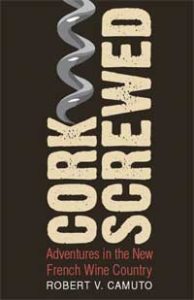

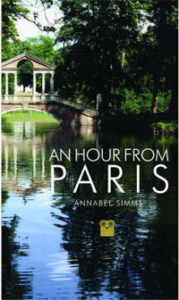
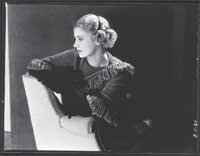
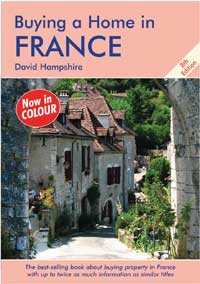
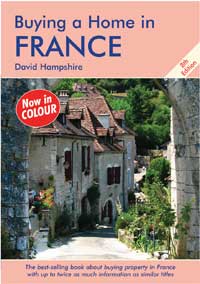 Apart from obvious points such as size, quality and land area, the most important factor influencing the price of a house is its location. A restored or modernised two-bedroom house might cost €100,000 in a remote or unpopular area but sell for two or three times as much in a popular location. The closer you are to the coast (or Paris), the more expensive a property will be, with properties on the Côte d’Azur the most expensive of all. A Charente farmhouse with a barn and land costs around the same as a tiny studio apartment in Paris or on the Côte d’Azur.
Apart from obvious points such as size, quality and land area, the most important factor influencing the price of a house is its location. A restored or modernised two-bedroom house might cost €100,000 in a remote or unpopular area but sell for two or three times as much in a popular location. The closer you are to the coast (or Paris), the more expensive a property will be, with properties on the Côte d’Azur the most expensive of all. A Charente farmhouse with a barn and land costs around the same as a tiny studio apartment in Paris or on the Côte d’Azur. 